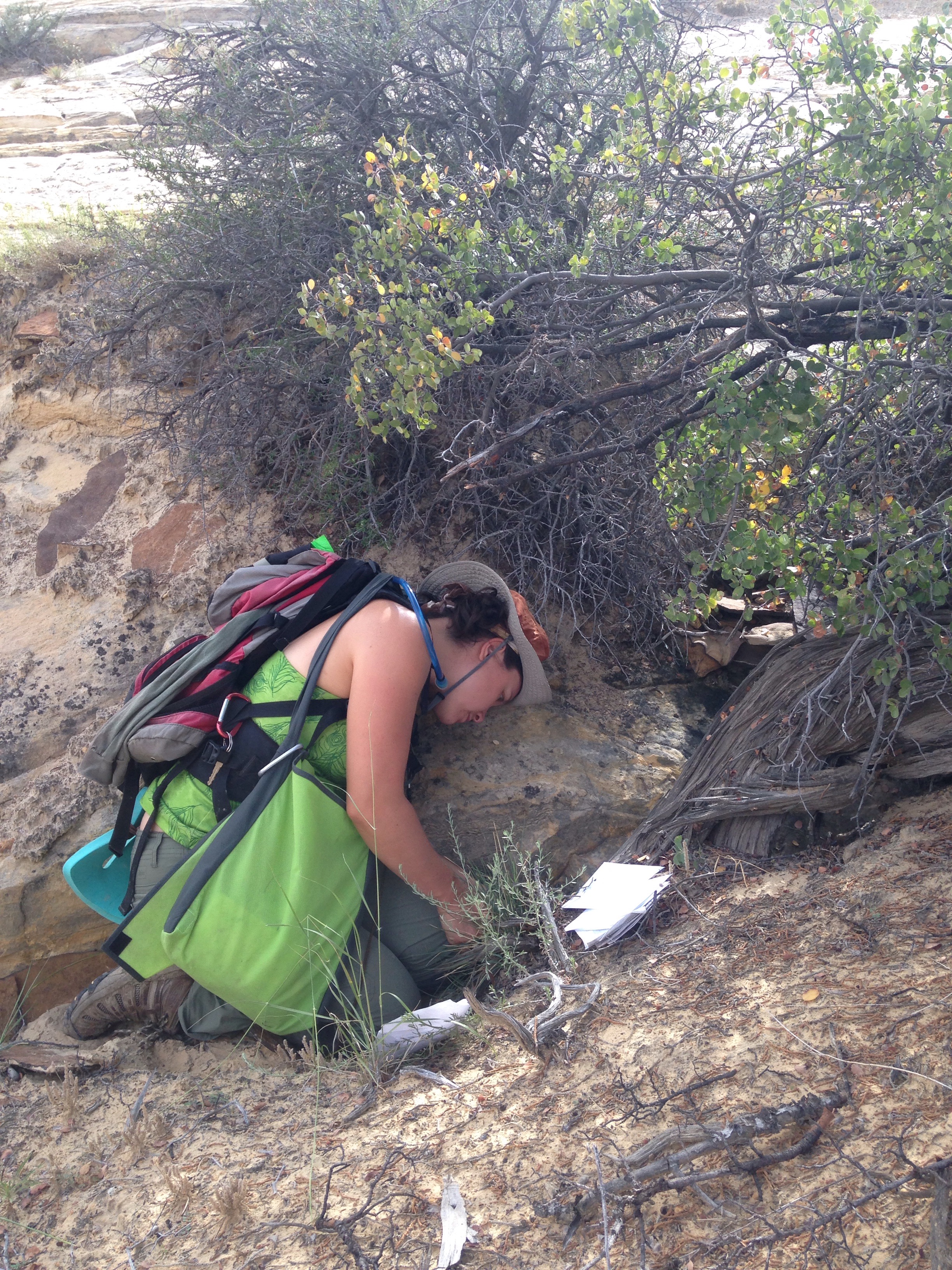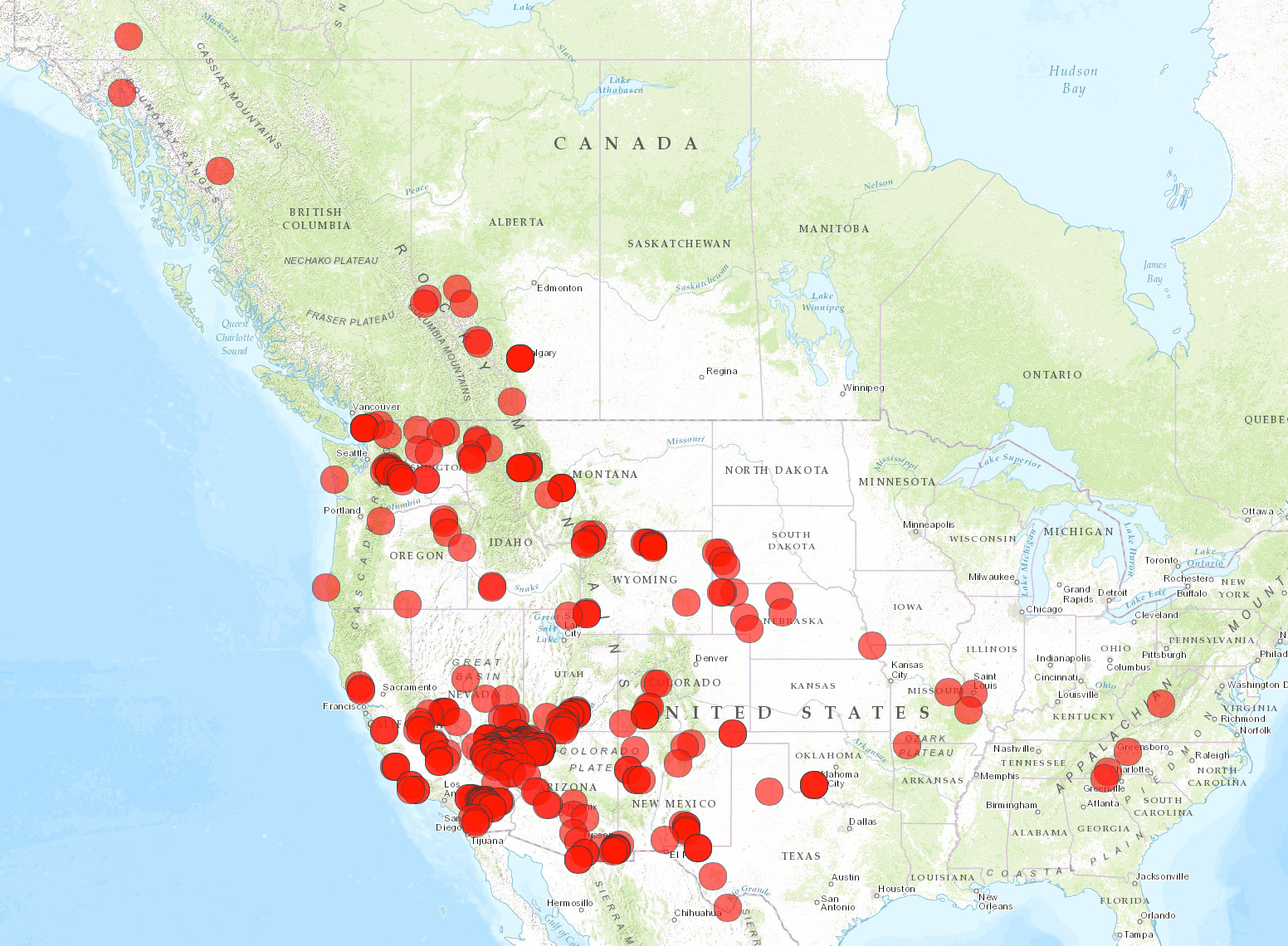The team will take several different approaches to sampling including different spatial scales. All field collections will be documented by herbarium vouchers, and each cultured line will be maintained in duplicate (UNLV & UCB), with an additional duplicate line for clones used for the draft genome analyses at USDA Columbia.
Intensive sampling of two focal species in western US
The two focal species, S. ruralis and S. caninervis, will be sampled intensively across the western US. We will utilize an existing array of 100 genotypes of these two species that were previous collected across the Colorado Plateau in Utah, and maintained in culture in PI Bowker’s lab. In addition, we will include additional field sites beyond the Colorado plateau, about 25 sites per species (× 15 samples per site) to genotype for population genetics (section D3).

To address our community/ecosystem resilience questions, we will collect new data from two existing experiments near Moab, UT originally funded by the Department of Energy, and maintained by Sasha Reed and Jayne Belnap of the USGS (Reed et al. 2012; permission letter attached). These experiments have induced climate change manipulations to naturally occurring biocrusts containing Syntrichia caninervis in situ. The first has been running for 10 years using infrared (IR) lamps to simulate predicted rates of warming (2°C above ambient for 3 years, increased to 4°C above ambient for the past 7 years), each replicated 5 times. The second experiment is a series of rainfall reduction shelters (30% decrease in annual precipitation), paired with controls, at sites that vary by elevation and vegetation community on the Colorado Plateau. We will sample at least 10 paired comparisons, those which contain substantial biocrusts and Syntrichia.
Field collection of Syntrichia Species in North America
Field collections will be made by John Brinda from representative populations of the 13 other species of Syntrichia in North America to use in comparative physiological studies. Populations of 10 of these species are currently in culture, and will be collected for the other 3.


Global Diversity in Syntrichia: herbarium specimens
To place the populations studied above into a phylogenetic context, we will extract DNA from at least 100 herbarium specimens from across the global range of Syntrichia, to sequence using Next Generation Sequencing methods. These specimens are mostly housed in the large bryophyte herbarium at UC Berkeley, but we will also make use of the nearby herbarium at California Academy of Sciences, and the Missouri Botanical Garden, as needed.